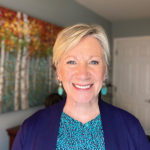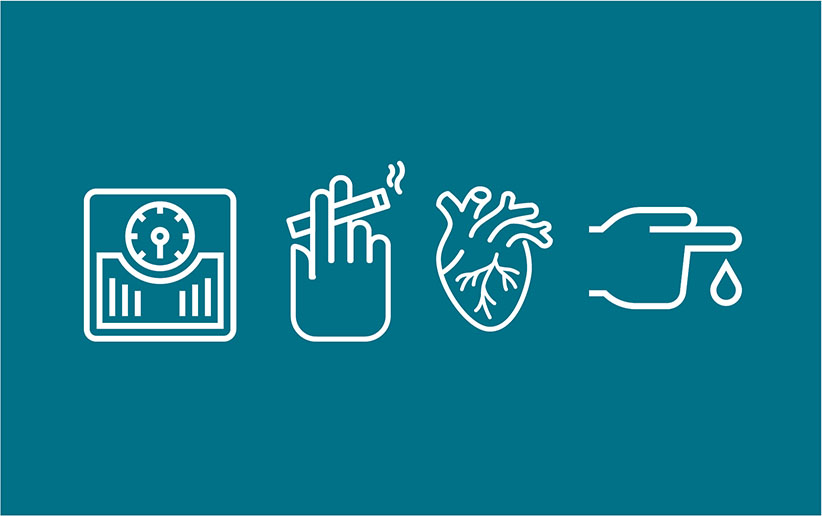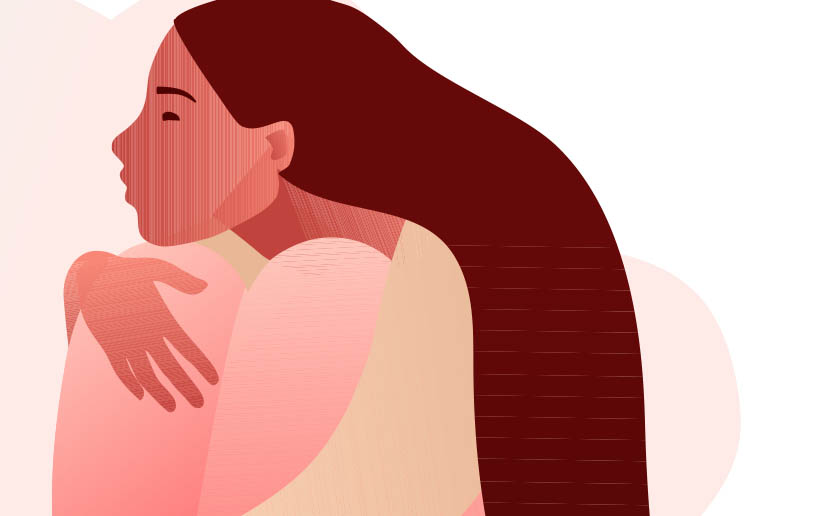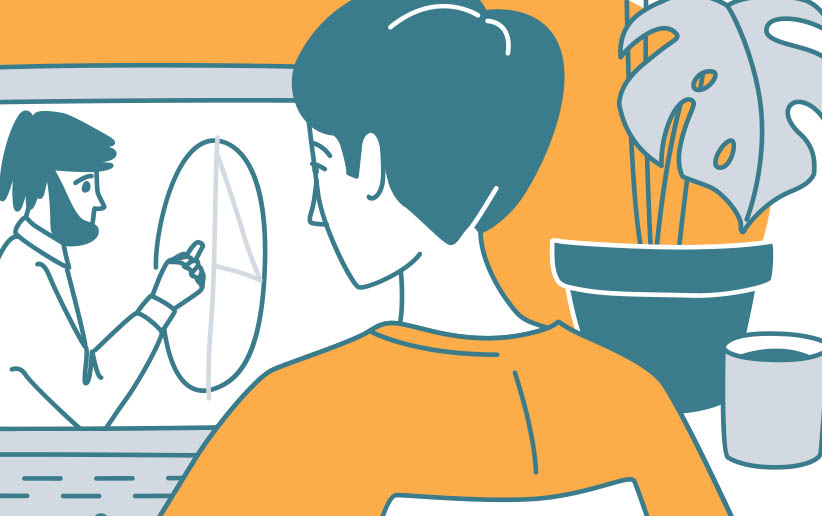
In January, I reflected on hope for 2021 with vaccines on their way and the promise of perhaps moving as an entire worldwide system to the other side of COVID19. In a few days, I will receive my second “jab” and be filled with gratitude that I have the ability to receive a life-saving miracle-of-science and begin going out and about once again. I am longing to hug my family and friends. Now, spring is pushing its arrival into the Pacific Northwest in typical fashion: cold, dark, rainy with intermittent days of warm sun; frankly, just enough to get us to believe that something good is going to happen. Such is the lived experience of hope. Change and hope in this reiterative, recursive process that challenges, stretches, connects and emboldens us. Unlike spring, we don’t always see it coming, and yet sometimes these life-altering changes bring unexpected goodness, too.
At about nine years of age, I had the good fortune of being sent to a week-long church camp; it was my first time, and it was utterly The Unknown. I hold a vivid mental picture of that camp; locked in my personal archives from my youthful excitement and uncertainty of experiencing The Unknown. I couldn’t have guessed what a pivotal week it would be in my life. At the very first gathering, I noted a diverse group of girls clustered together, communicating freely and expressively with their hands. I was instantly captivated and intrigued; it was so beautiful, so expressive and so relatable. Shortly after that gathering, I discovered our cabins were adjacent, so I wandered over. Tentatively, I knocked on the door (go ahead, smile with me at my innocence). When my knock remained unanswered, I slowly pulled opened the cabin door. The room was full, every girl lounging on their bunk, the communication was flowing with laughter. They took absolutely no notice of me. I’d brought myself this far, so instead of leaving, I sat down in the midst of them and waited. Fortunately, one of the leaders of the group eventually initiated conversation with me. I had to guess, I had to work it out, but over the course of the week, two new friendships were formed that would lead me on a path I couldn’t have expected. I spent approximately 12 years serving as an interpreter in my adult life and once physical limitations invited me to move on, I thought my time within the deaf community was over. You know where this is going: now in private practice, of course, I see deaf clients.
One of the most valued aspects I have learned through my deaf friends, colleagues, and clients is how to see possibilities when there are perceived barriers; how to create a different path for goals to be realized; how to embrace the new, the next thing, to embrace change. This is not merely change for change-sake, but change for good purpose that can only be accomplished by celebrating diversity, enriching our experiences through expression/s, allowing for various voices and languages, and being willing to make decisions for lifting everyone up together through informed decision-making. In 1996, President George H.W. Bush signed the Americans with Disabilities Act (ADA) into law and change was underway for essential removal of barriers for our fellow citizens. Even as I write this, the corner of my sidewalk is being reshaped (again) for ease and safety of those living life in a wheelchair, with bumps on the surface for those living life without sight or with sight limitations. Change.
One reality we are often reminded of in the spring of 2021 is that our world is forever changed by the pandemic. Families have suffered losses that range from their loved ones passing, to isolation from one another, or relational division based upon strain or even polarization. Those who can, are choosing where they want to live versus being forced to live in specific areas. Your work probably changed; mine has. Communities are beginning to reform, to regroup; workplaces are assessing previous decisions and making new, more relevant decisions “post-COVID.”
Change and hope in this reiterative, recursive process that challenges, stretches, connects and emboldens us is being lived out by each of us. As President of the Board of Directors, I have found myself repeatedly inspired and encouraged through the conversations, presentations, support, and community I have had the privilege to witness throughout AAMFT. Our Interest Networks continue to meet real-time needs of our clinicians and advocate through materials, discussions, webinars; our Geographical Networks are seeking out new methods for supporting members within their regions. Our national advocacy has made exceptional gains with support for Medicare occurring earlier than ever before. Our Leadership Certificate Program is our largest cohort yet and the voices of these emerging leaders are the future of our association. Our community together through COVID-19 has remained strong and even strengthened.
Just as life evolves, circumstances evolve, and Sign—like all other languages—evolves. Yet, I’ve always found it beautifully ironic that in all the vast variations of languages across the globe, to my knowledge, somehow there is only one single universal sign: the sign for I love you. You’ve probably seen it, single hand up, palm outward, middle and ring finger folded into the palm. It suggests a lot about humanity in the world, finding our connecting point and accepting differences even in an ever-changing world. While the Board of Directors focuses strategically on the health and relevance of our association, 2020 has taught all of us that there is sometimes the unexpected that can also shape us. I look forward to The Unknown of 2021-2022, “post-COVID,” as this association embarks upon even the unexpected goodness to come.


